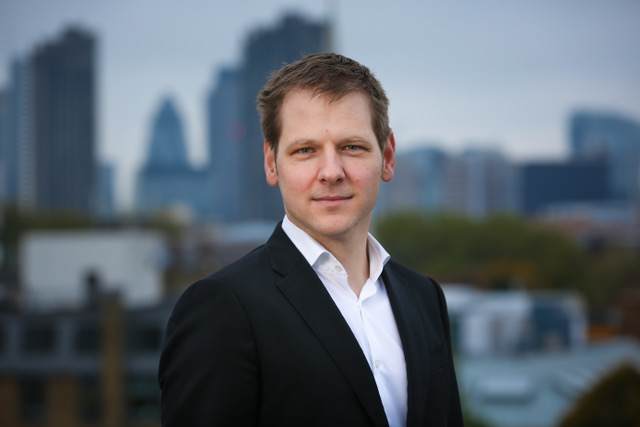This interview is part of Scaling Enterprise FinTech | The Handbook, launched in partnership with SixThirty Ventures.
1. Give us the backstory- what were you up to before starting up, how did you get the founding idea?
I had personally been around data in financial services since I finished my PhD in Computer Science – on complex data validation! Having seen first hand how tough the data challenges are with thousands of systems, hundreds of thousands of people working manually… it felt like there was a better and faster way than writing specifications and code, and that we wanted data management in the hands of the end users in these companies. And so we set out to solve one of the big initial problems we wanted to focus on: data reconciliation.
2. Who was your first customer, and how did the first sale come about?
Our first customer was a hedge fund in the US. We got introduced to them through a partner firm, who in turn were introduced to us by our seed investors. It was way too early to partner, in hindsight, but we were super happy we got the deal!
3. Could you summarize your journey to scale from a sales, go-to-market and business development perspective, perhaps split into 2-3 key phases?
I would split it into three phases: “The Hustle” – getting the first 10 clients, getting recurring revenue over £1m. Heavily business development focused, with founding team out selling, hackathons all over the place to respond to requirements we learned about; “Crossing the Chasm” – a fairly big stage that lasted three or four years, of making the business repeatable, selling to firms that are not just early adopters but more conservative buyers; and “Early Scale” – recurring revenue over 10 million, doing first enterprise deals, global support, more than 100 people in the company.
4. Which was the most challenging phase, and what would you have done differently?
The middle phase, where we were about 30-40 people, had 30-40 clients, was by far the toughest. I didn’t enjoy it. We already had enough scale to have super demanding clients, but not enough resource to think strategically. We were living month by month. We probably under-raised and should have grabbed a bit more capital early on.
5. When did you decide to expand into the US market, and how did that go?
Very early. We were only about 15 people when we set up our NY office. It went extremely well – more than 50% of our revenue, 4 years later, is from North America. At the time we just wanted to be closer to our clients. Big thing we believe in: don’t do small things in the US. We didn’t want “2 people in a cupboard”, we built up to a team of 20 reasonably quickly.
6. When did you first decide to raise venture capital, and what has been your approach to financing growth over the years?
Our first investment was strategic investment, from a fund operating in a market player. More recently, we raised our 2018 $28m Series B round from a growth equity firm (Insight Partners, with support from Eight Roads Ventures). Duco was always a venture financed play. The data market moves too fast to grow it organically. I think both organic and venture backed models are very attractive. It’s all about what the exact business needs to be successful in its target market.
7. How is building an Enterprise FinTech firm different from a “regular” SaaS / Enterprise Tech company, and what three things should founders get right?
Tough question for me, because we often consider ourselves more Enterprise SaaS. It’s true that most of our client base is finance, but not because the tech is. But, having quite a bit of experience there, for me it’s this: 1) Don’t try to chew off the biggest clients to start with, you’ll die before you get there 2) Don’t listen to people who say SaaS is impossible in finance, not even potential customers! (n.b. Duco is 100% SaaS) 3) Don’t be afraid to lead and say “no”; many firms end up buying from companies with a strong version.
8. What’s on the priority list for you and your team for the next year?
Covid has been a real net positive for Duco. As a result, we’re investing and broadening our stance into other industries and we have some really significant new product to launch – but I can’t talk about it at the moment!
9. Where is the financial services sector headed in the next 12-18 months, and what should we be watching out for?
I’d definitely watch for some major distraction caused by big cost cutting exercises early next year, through Q1. A lot of restructuring that was on hold, will kick in. Inside the firms, the necessary and overdue digital transformation and cloud moves just got a massive kick this year, so watch for continued investment. But be on the top 10 priority list, or you’re out.
10. Your favorite place(s) for a meal, coffee or drink?
A cocktail bar. Any cocktail bar. ANY! Please!!!

